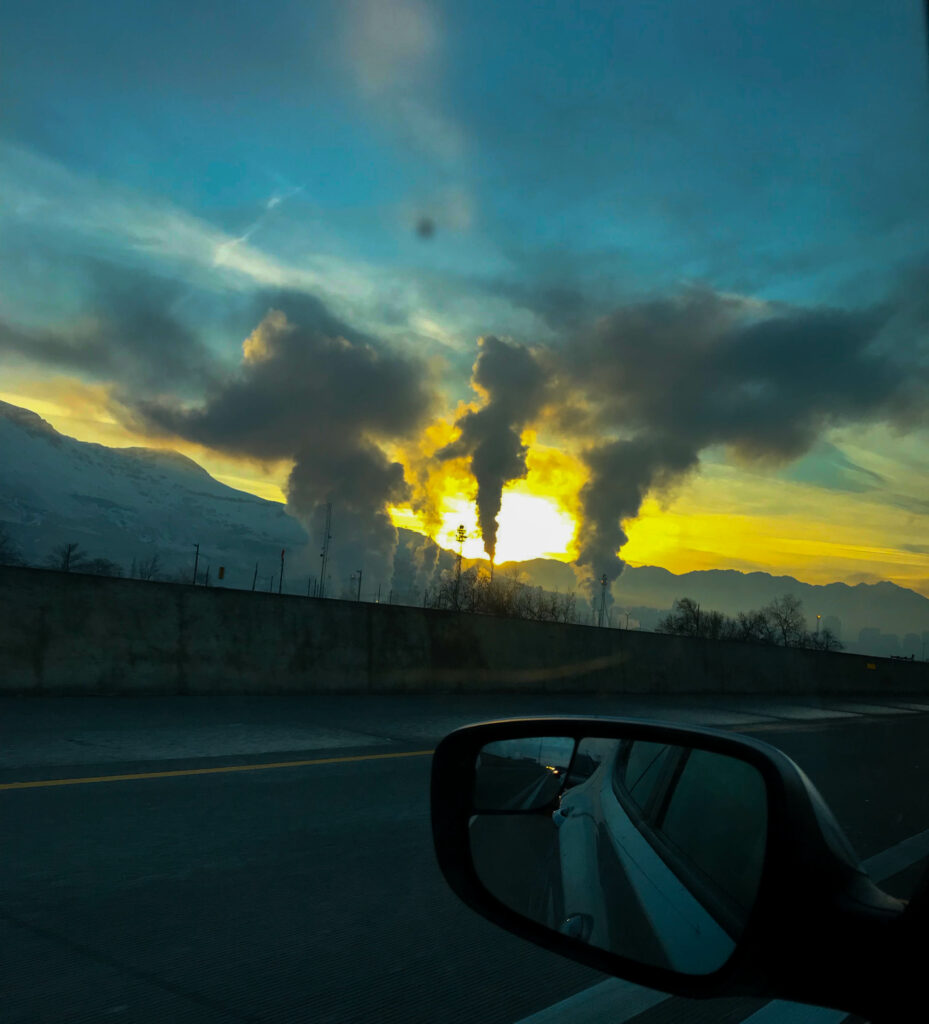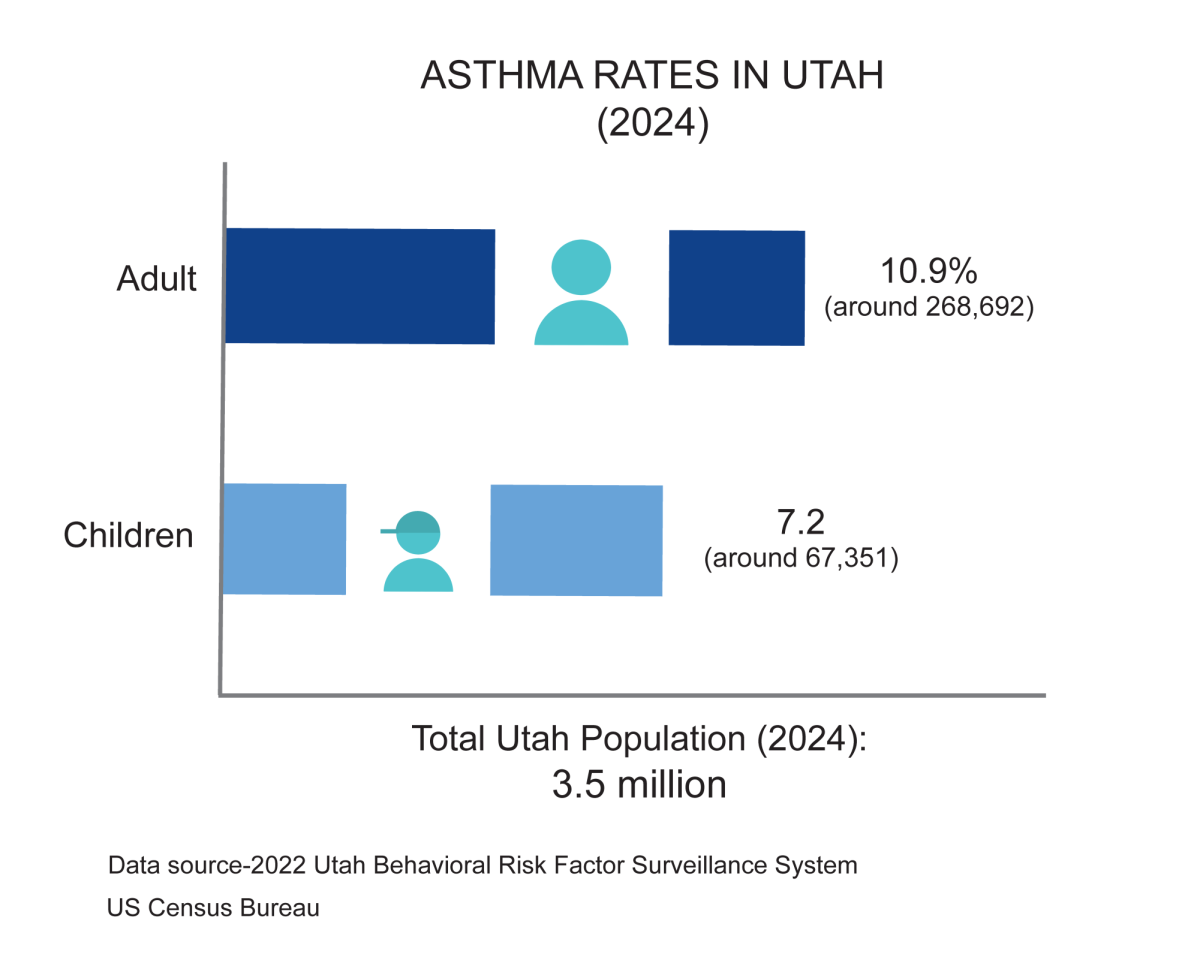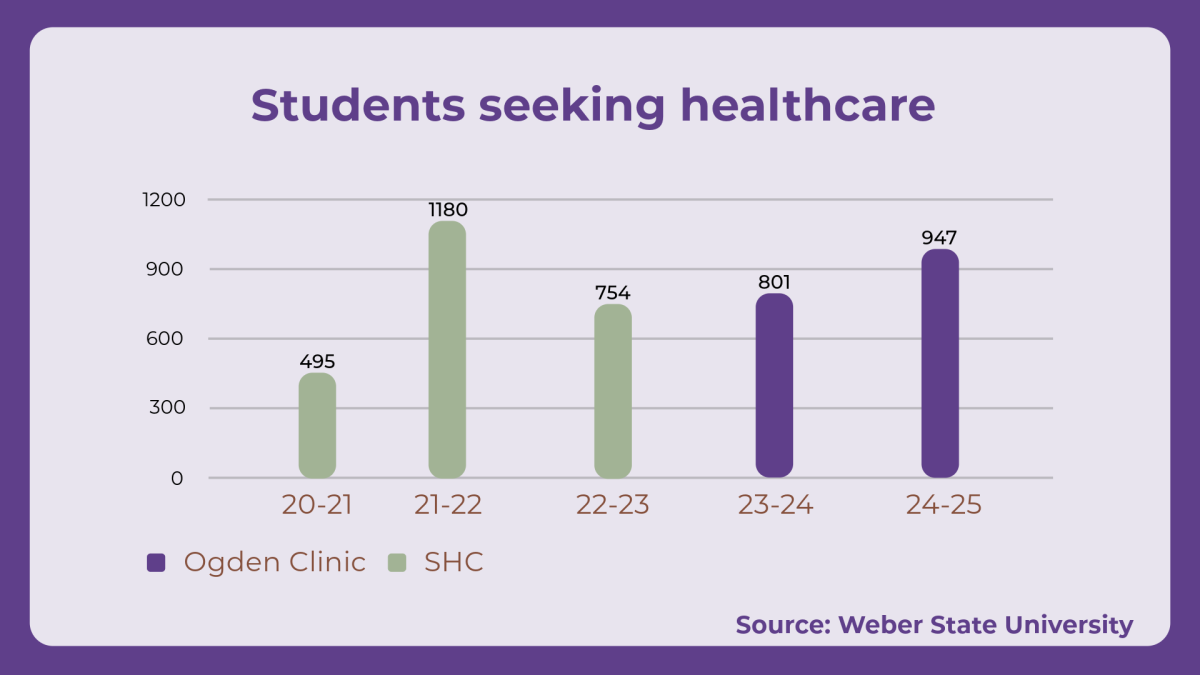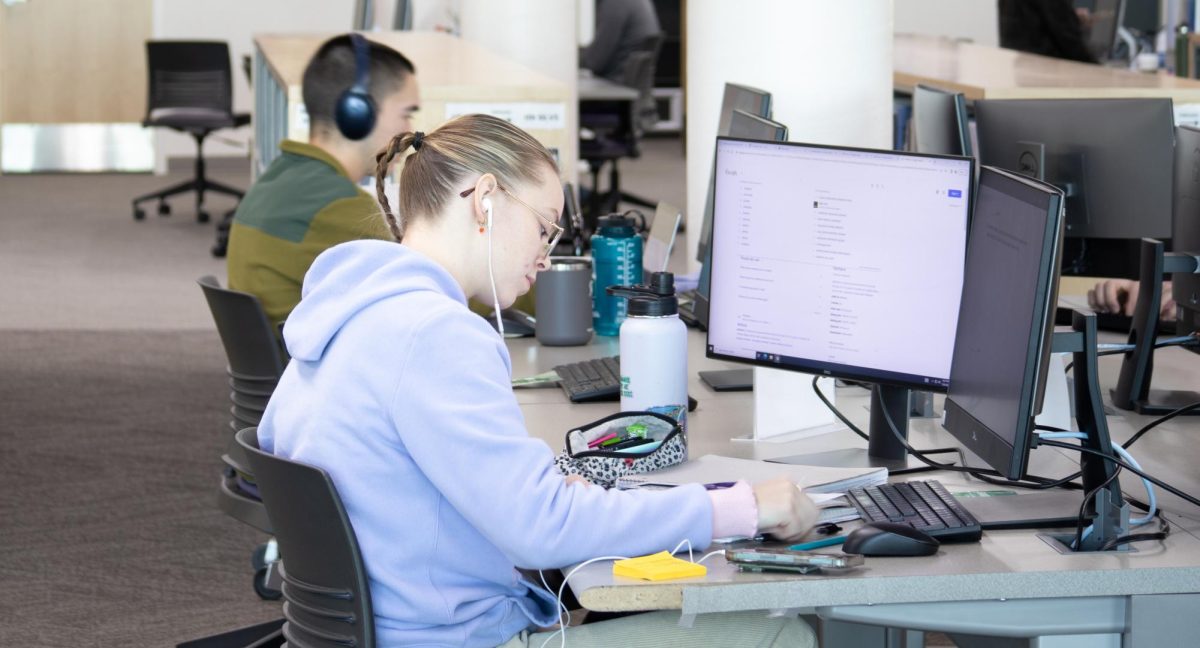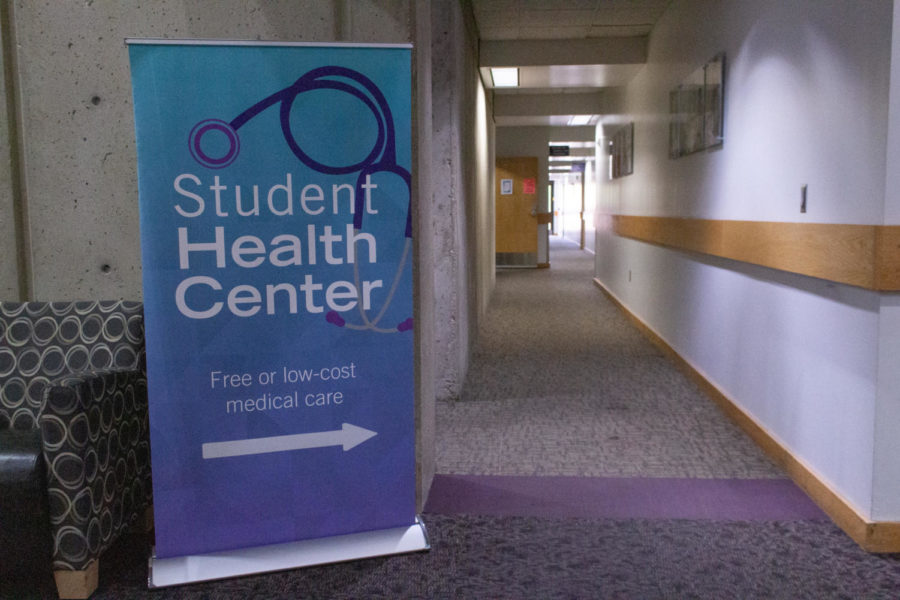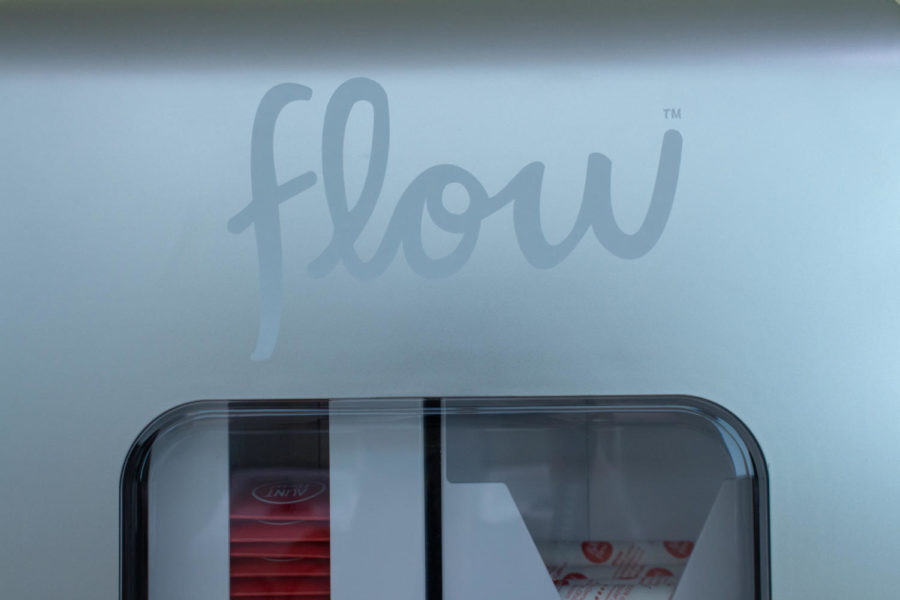Utah winters are a time for outdoor activities like skiing and snowboarding. However, residents have lately been forced to remain indoors due to bad air quality.
With a blanket of inversion spreading throughout the region, a new layer of dirty air has surfaced in communities along the Wasatch Front.
According to Weber State University Sustainability Manager Jennifer Bodine, there are three areas that raise particular concern. The cities of Provo, Logan and Salt Lake City currently do not meet the Environmental Protection Agency’s requirements for fine particulate matter (PM 2.5), a common air pollutant that can have dangerous effects when levels are high.
Although exposure to the toxin can be especially unsafe for individuals with pre-existing conditions like asthma, lung or heart trouble, doctors say that it is something everybody should avoid.
When inhaled, PM 2.5 can get deep into the lungs and bloodstream, causing a variety of health problems and even death in extreme cases. Some of the most common effects include cardiac arrhythmias, heart attacks and bronchitis.
“Air pollution’s disease burden is virtually the same as that from cigarette smoke — the association is weaker but still significant,” the Utah Physicians for a Healthy Environment website said. “Virtually every type of lung disease is caused or exacerbated by air pollution.”
In order to prevent others from experiencing any of these conditions, the state Department of Environmental Quality provides a constant update of pollution levels on their website, warning residents to stay indoors on bad air days.
The site uses the Air Quality Index, a metric which ranks air quality on a color coded system. A good air day typically contains zero to 12 micro-grams of particulate per cubic meter of air whereas an unhealthy or hazardous day can contain anywhere from 55.5 to 250.5.
Utah is ranked among some of the worst in the nation in regards to pollution levels. According to the American Lung Association’s 2018 “State of the Air” report, the Salt Lake-Provo-Orem area ranked 8th out of over 200 cities as having the worst short-term particle pollution. Logan was also highly positioned on the list, coming in at number 11.
“The air here is definitely not good, but it’s a naturally occurring event,” WSU Student Sustainability Coordinator Kyia Hill said.
Although pollution is present year-round, it is especially worsened during the wintertime because of inversions.
Under typical atmospheric conditions, air is warmer near the ground and becomes colder as it moves upward. However, during an inversion, the situation “inverts” when a pocket of cold air moves under a layer of warm air, trapping all pollutants and emissions below the surface.
“It’s like closing the garage door while idling your car,” Hill said. “If we’re having a week-long inversion, and pollution doubles everyday, we could go from a green air day to a red air day in the span of two days.”
Although citizens can’t help that inversions happen, they can lessen the impact by maintaining what chemicals are put into the air. According to UCAIR, PM 2.5 is composed of primary and secondary particulate. Secondary particulate, which makes up the majority of the pollutant, is commonly emitted from the tailpipes of automobiles.
“If we just cut down one day a week of not commuting somewhere, we could save a lot of emissions and therefore a lot of our health,” Hill said.
Because Weber State is a commuter school, members of the Energy and Sustainability Office have organized a challenge to help motivate students to reduce their mobile emissions.
“People are coming to our campus driving in single-occupancy vehicles. Therefore, we have a bigger carbon footprint,” Hill said. “I do the Clear the Air Challenge to address that issue and get people to understand their own impact.”
The Clear the Air Challenge is a month-long competition throughout the state of Utah that encourages local businesses, universities and communities to cut back on emissions during the month of February. As part of the challenge, students at Weber have the chance to compete internally against other organizations and departments for prizes.
The challenge will focus on two primary scopes: direct and indirect emissions. Direct emissions refer to pollutants released from heating campus buildings while indirect are primarily from automobiles and students commuting to campus.
As part of their indirect scope, the program urges students to take advantage of the UTA Ed Pass, a free way to access public transportation through the FrontRunner, TRAX and UTA buses. This will help contribute to the school’s overall goal of becoming carbon-neutral by 2050.
For more information on upcoming events for the challenge or to register visit http://cleartheairchallenge.org/.

